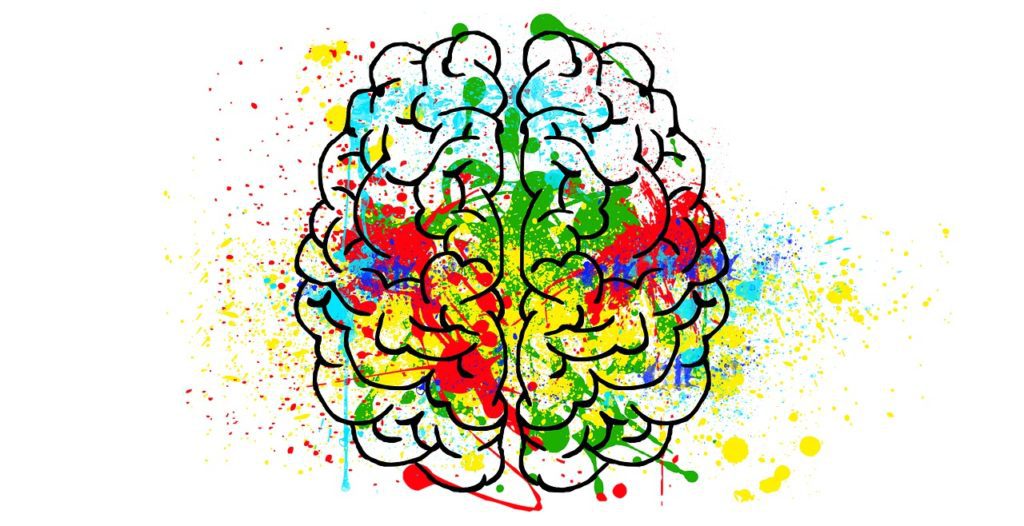Color is one of the fastest ways to communicate our experience with others. From bright pink and happy red and white hearts showcasing our love for each other on Valentine’s Day, to steaming mad red, angry emoji on our iPhones–our ability to innately capture meaning behind color is instinctual.
We use color to differentiate our sports teams, outline our country’s values, and size up toddler’s clothing.
When we drive our cars–colors dictate which actions are legal, and which are deemed illegal.
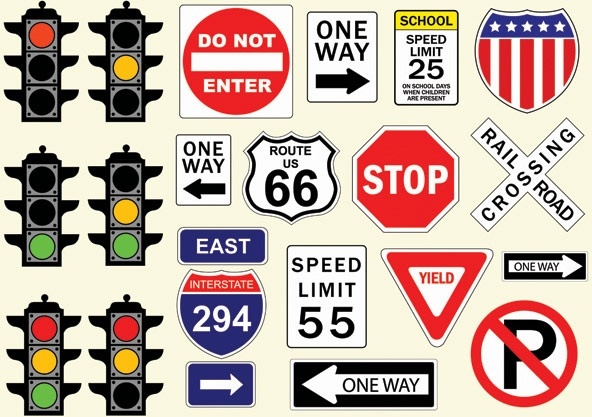
When we go to drink a glass of water–it’s color symbolizes the health of the water, and warns us of possible pollution.
No matter where we go or what we are doing, color plays a huge role in defining and shaping our behavior as humans.
So why is color important in a business sense?
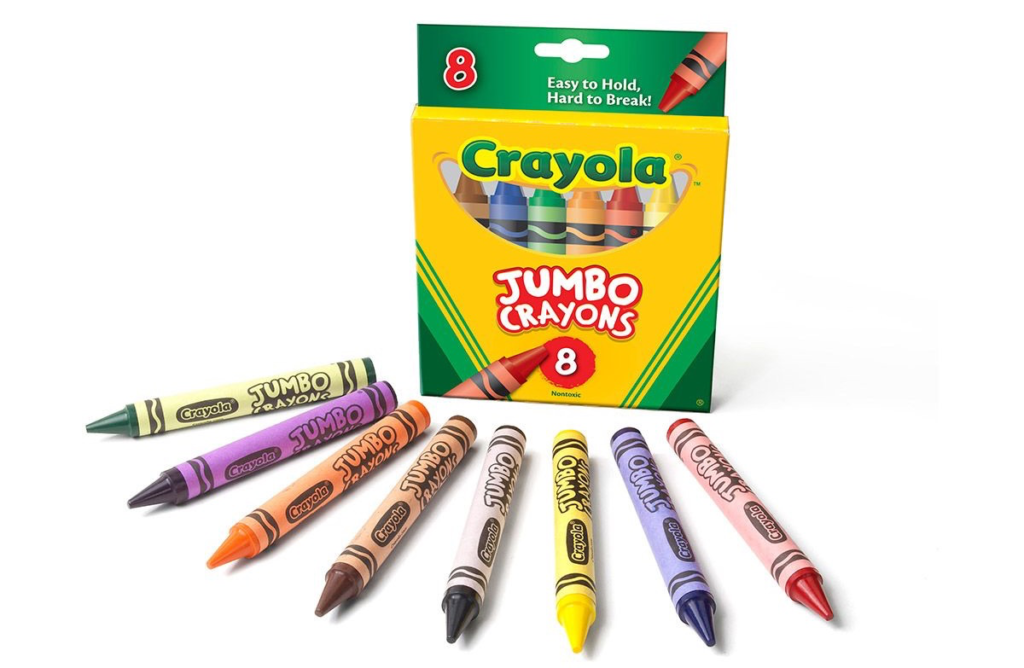
Our society loves to group things according to color. We differentiate between which colors are acceptable based on sex, age, and associate certain colors with attributes.
For example, if you watched an NFL team with pink uniforms, they’d run the risk of being deemed as soft and not tough enough to compete against their opponents.
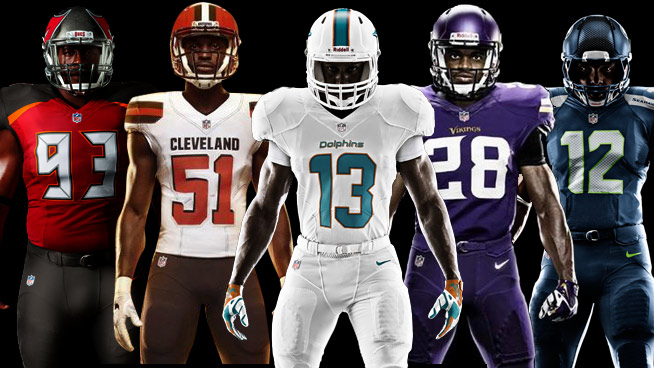
Regardless, of what is behind the color, we automatically associate certain colors with things that are familiar to us.
Colors are ambiguous. Just like anything else in life, colors are not only positive–or solely negative. In fact, they are completely subjective. However, colors have “universal” meanings that are accepted by society. Feel free to make colors mean whatever you want them to mean. However, don’t be surprised if you wear a pink suit to a funeral–people feel you are insensitive. Likewise, you wouldn’t want to use black, grey, and white for a children’s toy company.
The fact is we make assumptions about things based on their color, and the universal concepts conveyed by those color associations, which will be discussed here.
Kobe Bryant recently launched a new shoe line, and the colors are out of this world. Why?

Because Kobe believes that we should always be questioning, and always be curious. Just like his approach to basketball. Colors inspire us to push boundaries, break records, and seize the opportunity to be creative.
Kobe Bryant knows this.
And we know it subconsciously as well.
As consumers we do this all the time. Most of us probably don’t even realize when we do it, either.
Do we buy the Right Guard deodorant with the blue and green marketing, or do we buy the Arm and Hammer with the bright yellow?
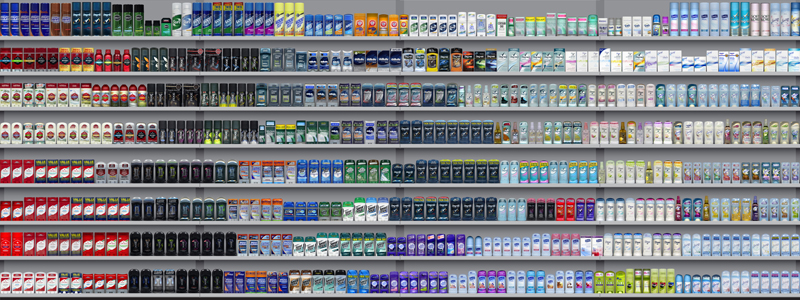
It’s all a matter of what catches our eye and which product looks more appealing.
Why are Colors Important to Business Owners?
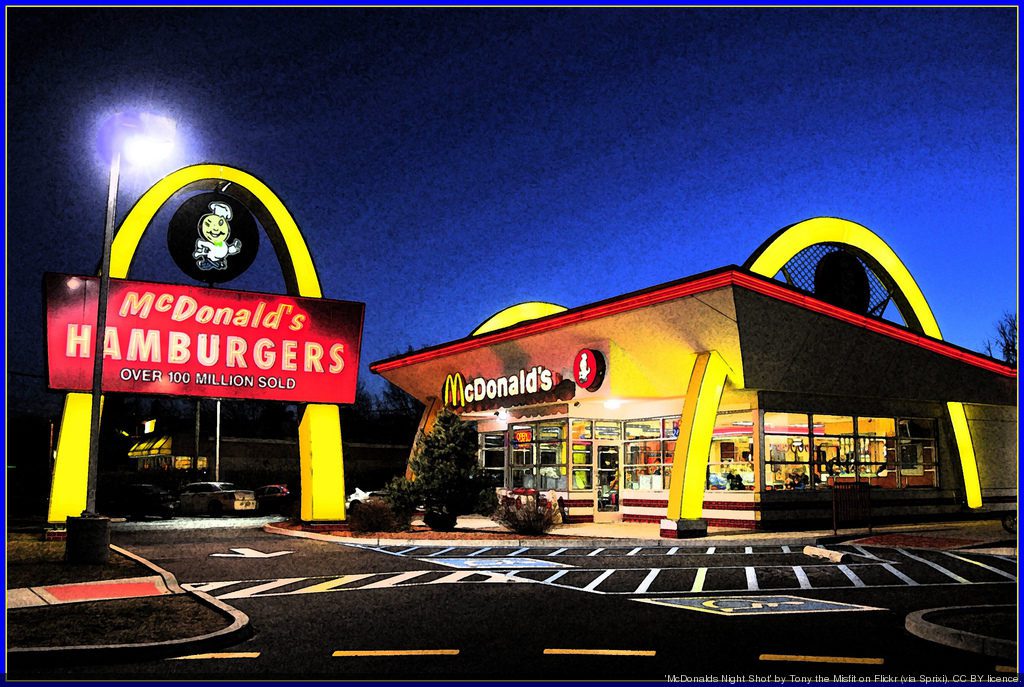
This is important to anyone who runs a business because our marketing, website color choices, business cards, and even our clothing represent a certain brand narrative in the minds of our clients and customers.
The more holistic we are about shaping a conclusive color theme, the easier it is for the people who use our products and services to understand who we are and what we do.
Being in business naturally lends itself to competition. No matter what industry you are in, you will constantly be differentiating yourself from others who offer similar products and services. When you realize that your brand loyalty is the most powerful aspect behind driving sales, you will begin to understand the immense power that colors play in governing our emotions, and influencing decisions.
For example, have you ever noticed how Apple releases a few different colors for their iPhone, but nothing too crazy? Why is that? Well, for starters fewer choices makes it easier to decide. However, the other reason behind that space grey or rose gold color choice is because these colors are now synonymous with iPhone. Changing them would mean risking the visual cues that customers have associated with the Apple products they know and love.

So what is the psychology behind the meaning of each color?
Red
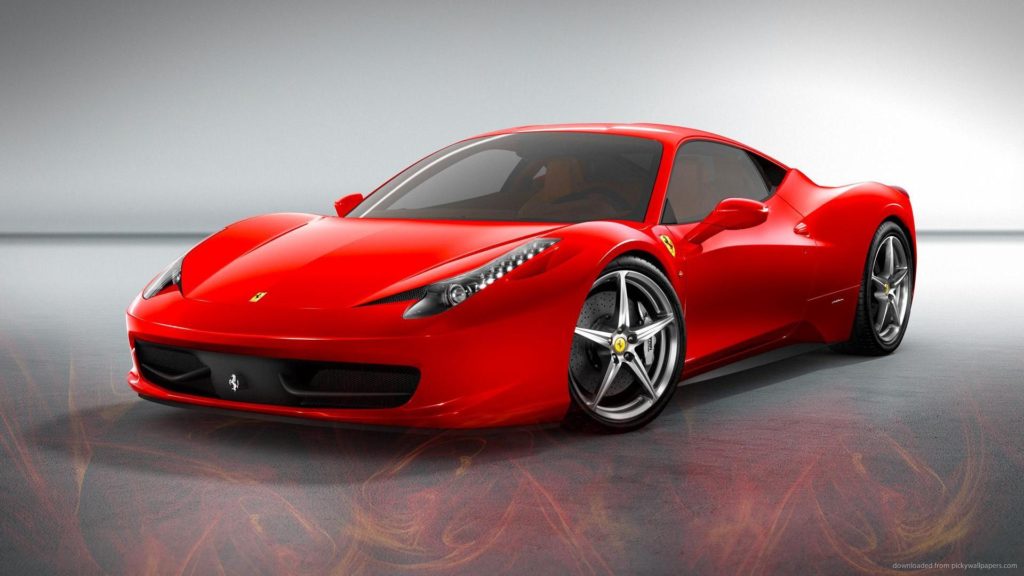
Ah, sometimes rumored as the philosopher’s color, red is a strong color that exerts power, passion, or stability. It is a staple in wartime aggressive color schemes, as well as impassioned lovers who want to display their emotions.
Red can symbolize us to look at something more closely, because it is a very deep color. Certain animals are attracted to red flowers in nature, because of their rich beauty.
Red, along with orange and yellow, can be associated with fire.
Red is dependable, solid, and invigorating. While it can be negative and reflect our animal nature, it is also a very positive color. Businesses can leverage the power and passion of red to excite their customers and instill deeper emotions in them. Think Ronald McDonald’s red hair and nose attracting children to the happy playground areas of the Golden Arches.
Yellow
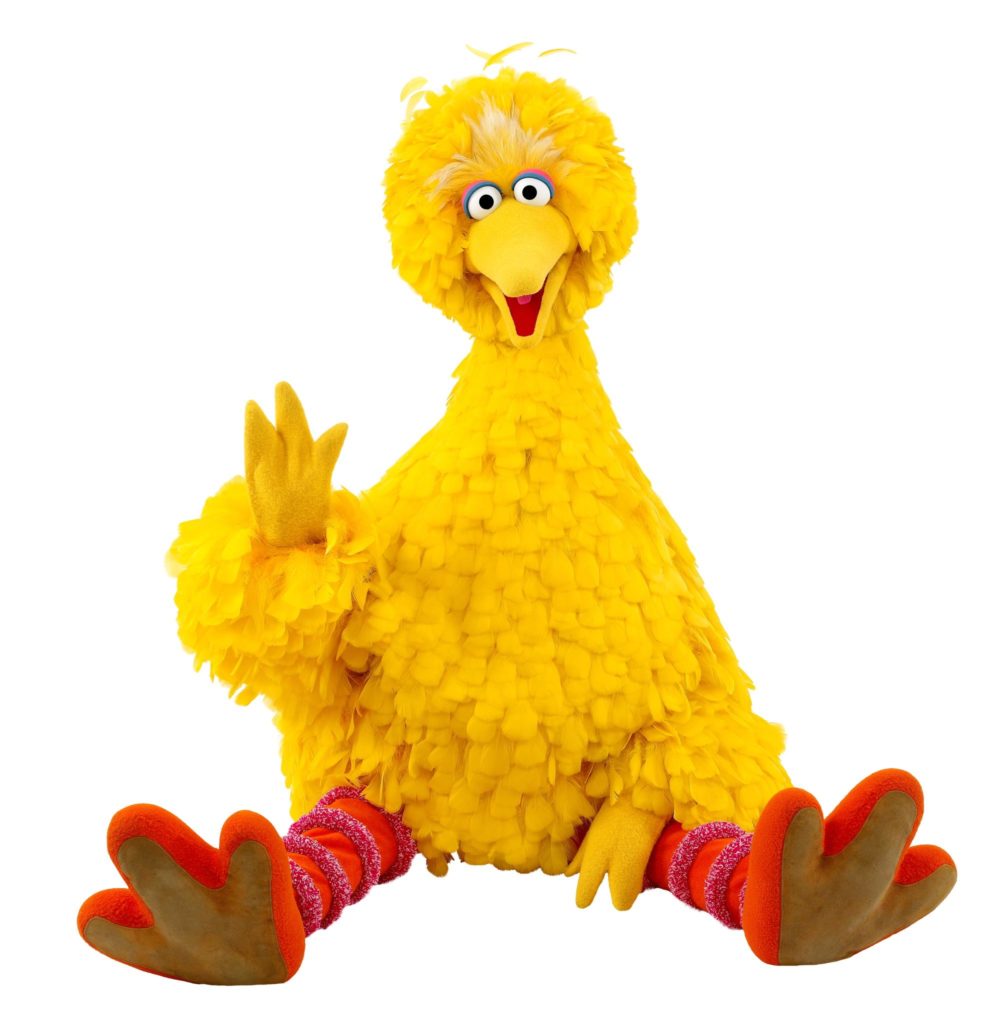
Yellow is a color that symbolizes happiness, energy, creativity, and light. Just like the yellow sun that lights up the sky, we rely on yellow to give us an extra jolt.
Conversely, it can also be a warning sign. Animals are marked with bright yellow spots to warn other potential predators that they are poisonous. Pale yellow can be a sign of sickness or weakness.
Yellow can also symbolize speed and strength, which makes it good for a company like FTD–the flower delivery company.
Blue

Blue is a very Earthy color. When you think about it, the water on our planet is blue, the sky is blue, and blue symbolizes the qualities that go with both sky and water.
Blue can represent the connectedness we feel with community and people. It marks Hospitals, bus stops, and public payphones. It symbolizes the universal community that is ever present in our society. It also can signal power, speed, vitality, and good health.
The color blue can also be linked to winter, cold, snow, ice, death, and sadness.
Baby blue is connected to early adolescence–hence the name.
Pale blue can be a sign of illness in certain situations, or power in others. Think of the difference between medication boxes which suggest illness versus a professional sports team which suggests nonconformity and strength.
Businesses such as television and phone service providers are great candidates for using blue because they tap into that collective association of community and connection.
Green
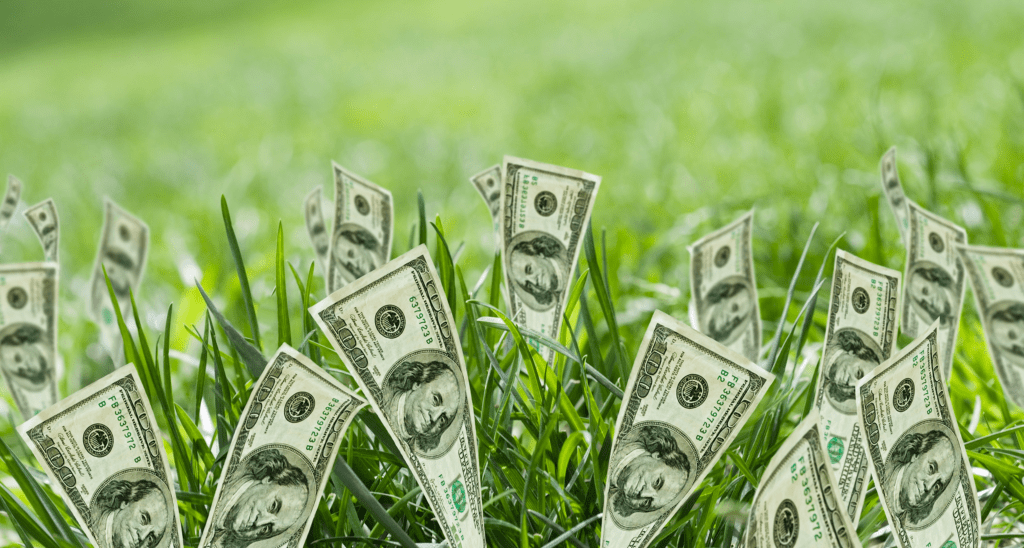
Just like blue, green is also a very Earth related color. Our grass, vegetables, and other plant life including trees all contain green as their main color.
Green is also strongly associated with renewal and the energy of spring.
In the UK, the GreenMan icon is a symbol of springtime and the rebirth of yourself as the seasons change.
Green is also the color of American currency.
Recycling companies, banks, and other companies who want to show abundance, maturity, and success are often green.
Because green is the result when you mix blue and yellow it also embodies both of these characteristics as well.
Orange

Orange is the New Black.
Just kidding.
Orange is associated with creativity, sexuality, fire, youth, and enthusiasm.
Orange is typically thought of as forward-thinking, progressive, or light-hearted.
For this reason it is also associated with fire and pumpkins at Halloween.
Orange is a rarer color to see in clothing and is typically reserved for more creative pursuits.
It is also the color of swami’s and spiritual gurus, because it represents the fire of purging all worldly belongings.
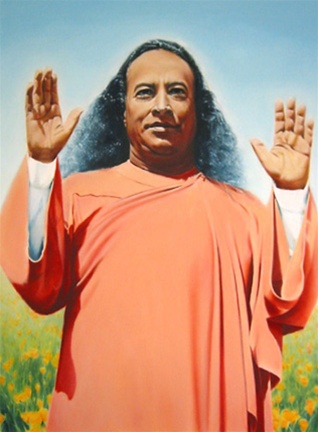
Companies such as Nickelodeon, Fanta, and Harley Davidson use orange to stand out among the crowd.
Purple
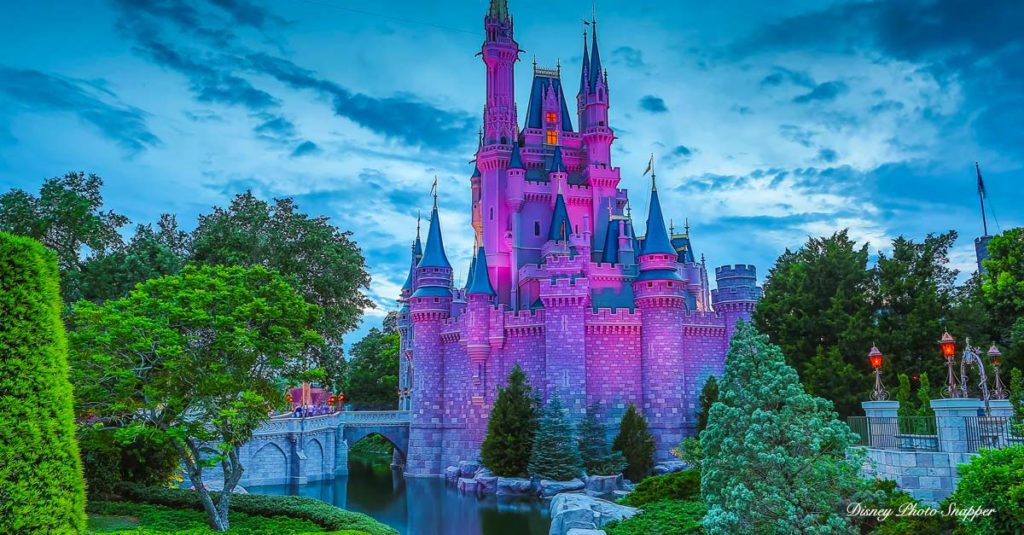
Purple has long been associated with regalness, and royalty.
Spiritual people have also always had a strong connection with the color purple because it represents the kingdom of the afterlife.
Purple is also the mixture that is created when you add blue and red, which means that it embodies those attributes as well.
Companies who have used this are Hallmark, (going full regal with the golden crown) Yahoo, and FedEx.
Purple is stable, yet rare. This helps these companies to stand out, and to be seen.

Pink

Pink is a color that is strongly associated with happiness, and has come to represent the feminine side of life.
Many toys and products marketed to girls will be pink.
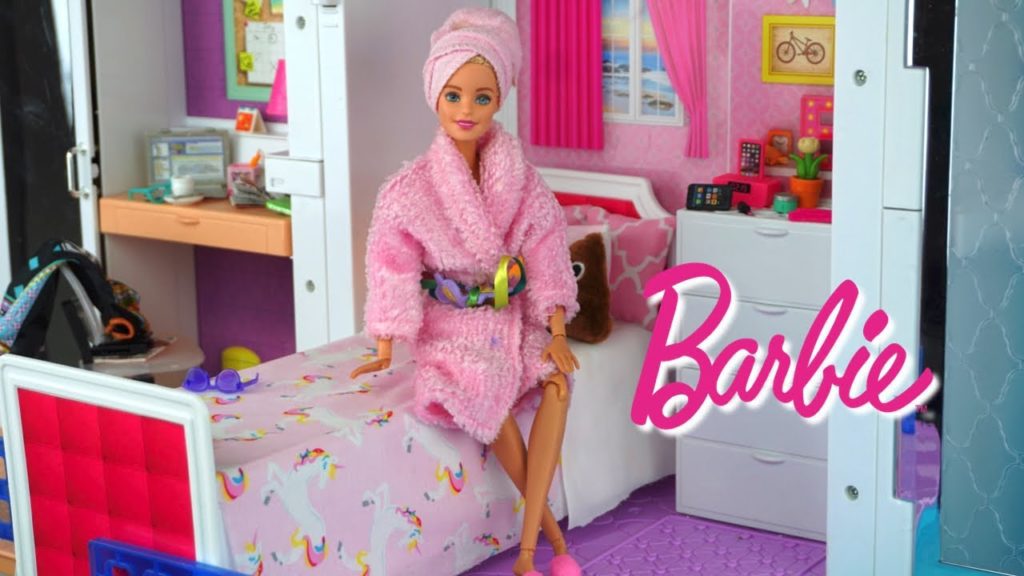
Real men also wear pink, or so says the infamous t-shirt.
While pink isn’t off-limits to men it can somewhat be classified as a taboo.
However, holidays such as Valentine’s Day and Easter use pink to show love, springtime, youthful energy, and compassion.
Pink logos represent a carefree spirit, and a willingness to help others.
Black

Black is pretty common in logos, but is rarely used as the only color. Black is symbolic of the night, the dark, fear, death, and the void of the unknown.
Black can also be seen as the color of evil or mystery.
When black is used it usually is meant to suggest uncertainty.
However, black can be seen in positive connotations such as power, wealth, style, or artistic prowess.

Due to it’s vastly negative associations its best to use black sparingly, and offset it with other colors.
White
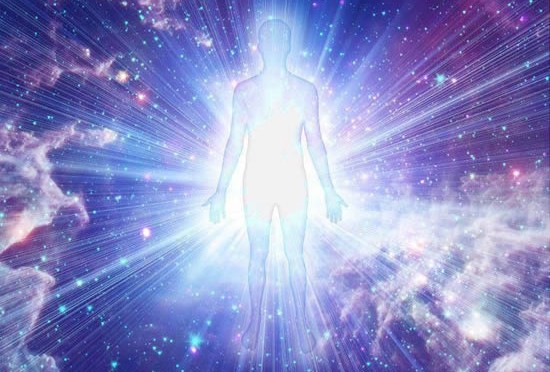
White is the color of purity, innocence, light, transcendence, and positivity.
It is strong, important, and often represents luxury.

Companies who use white make it very easy to ascertain what the color represents. Apple, Adidas, and Swarovski all use white, and each is dominant in their respective markets.
Brown

Brown is an earth color, that reminds us of dirt, foliage, and the changing of the seasons. It is mostly used to blend in with other clothes, or as accessories–such as a brown belt or brown shoes.
However, in business it is very rare to see brown as a major color. For this reason the companies that use it are pretty famous, and stand out extremely well.
Some examples that easily come to mind are UPS, Cracker Barrel, and M & M’s.
The Color You Choose Will Define You
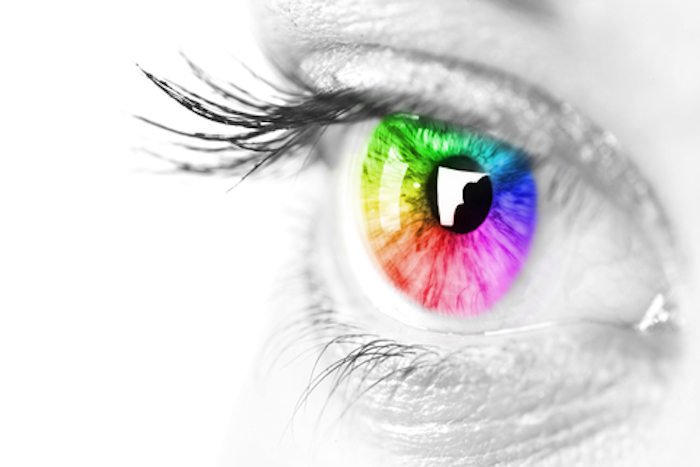
When you think about some of the famous companies that I’ve listed above in the breakdown of each color, it’s easy to recognize how strongly the association between color and the company image actually is.
Companies are always trying to stand out, and color is one of the most important ways to do this.
Which colors have worked well to establish your brand? Let me know in the comments below!
